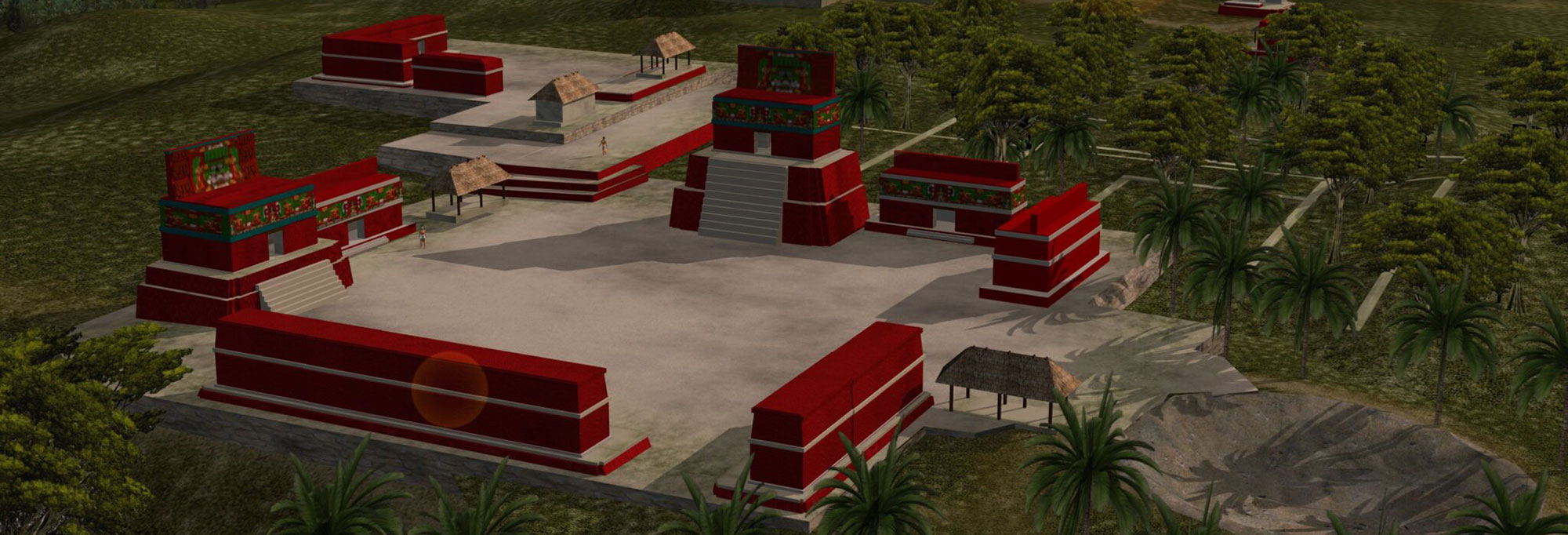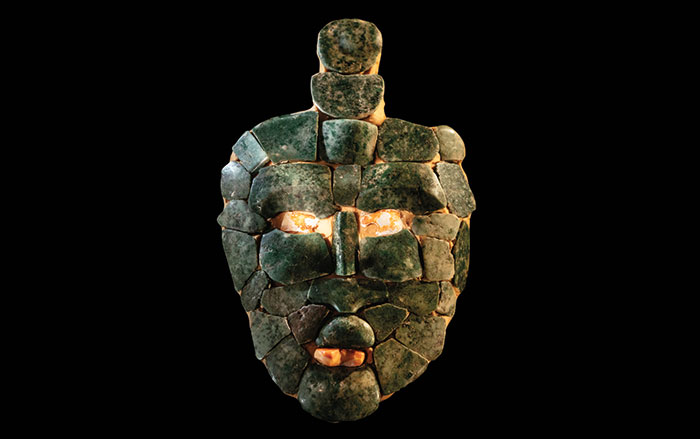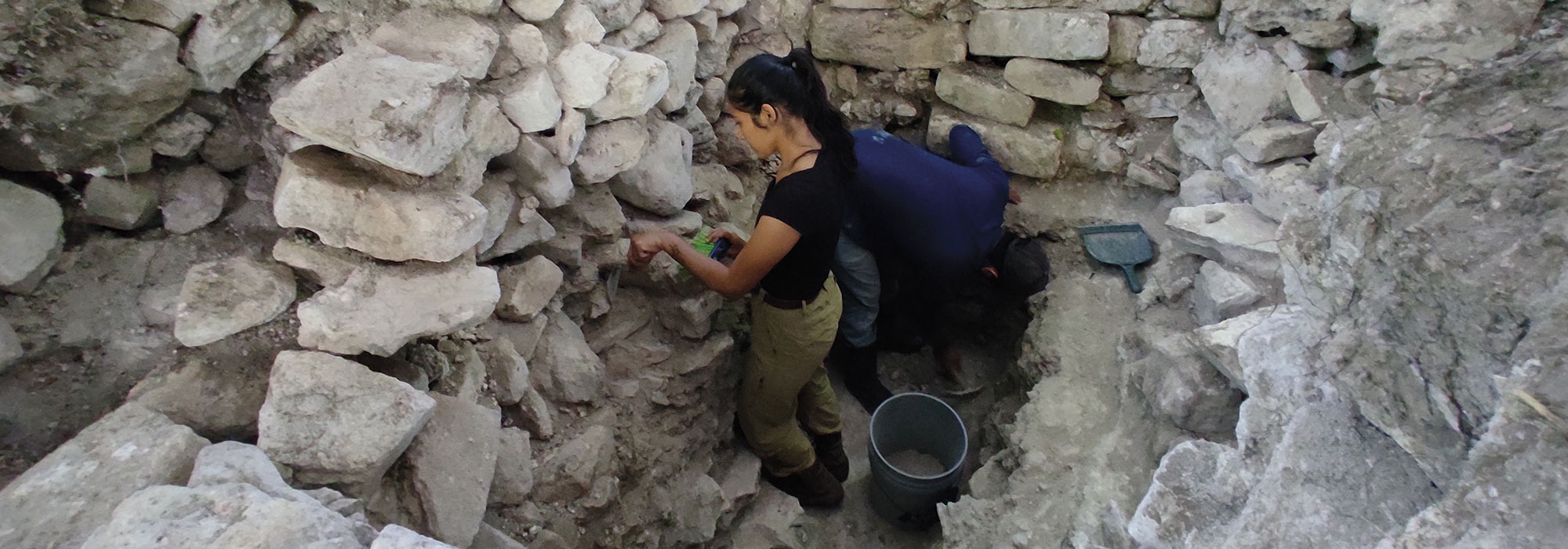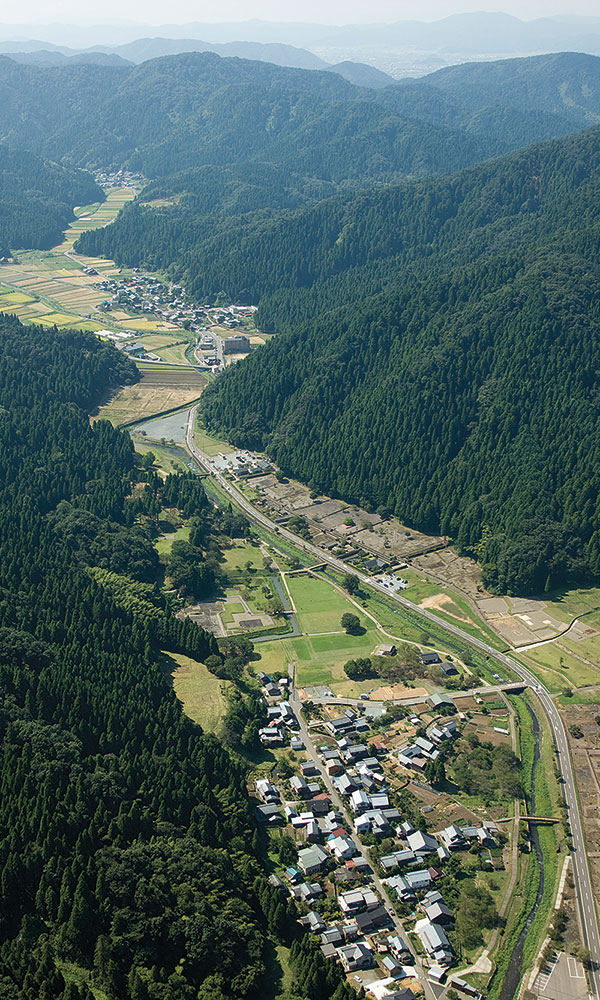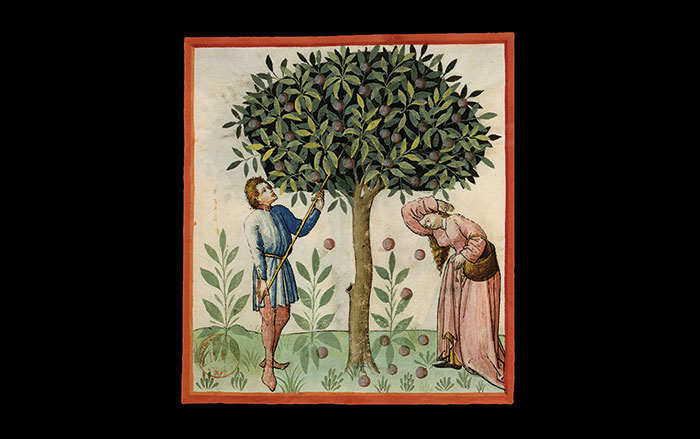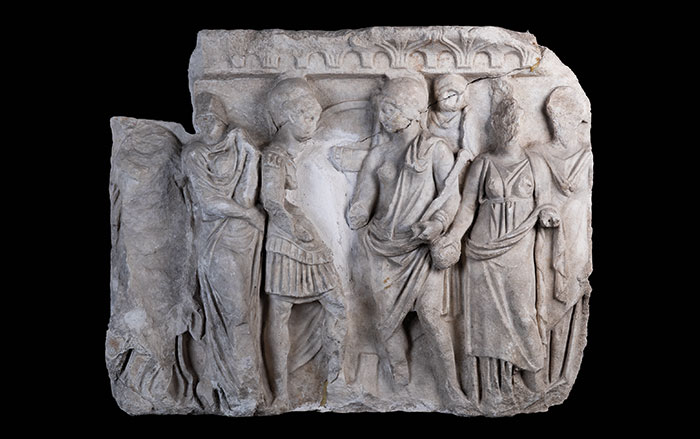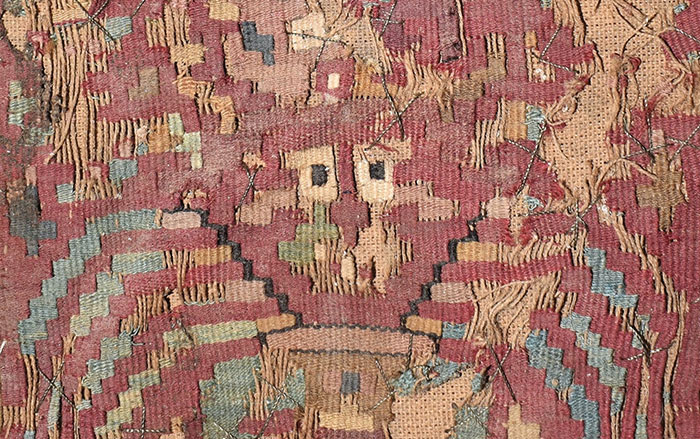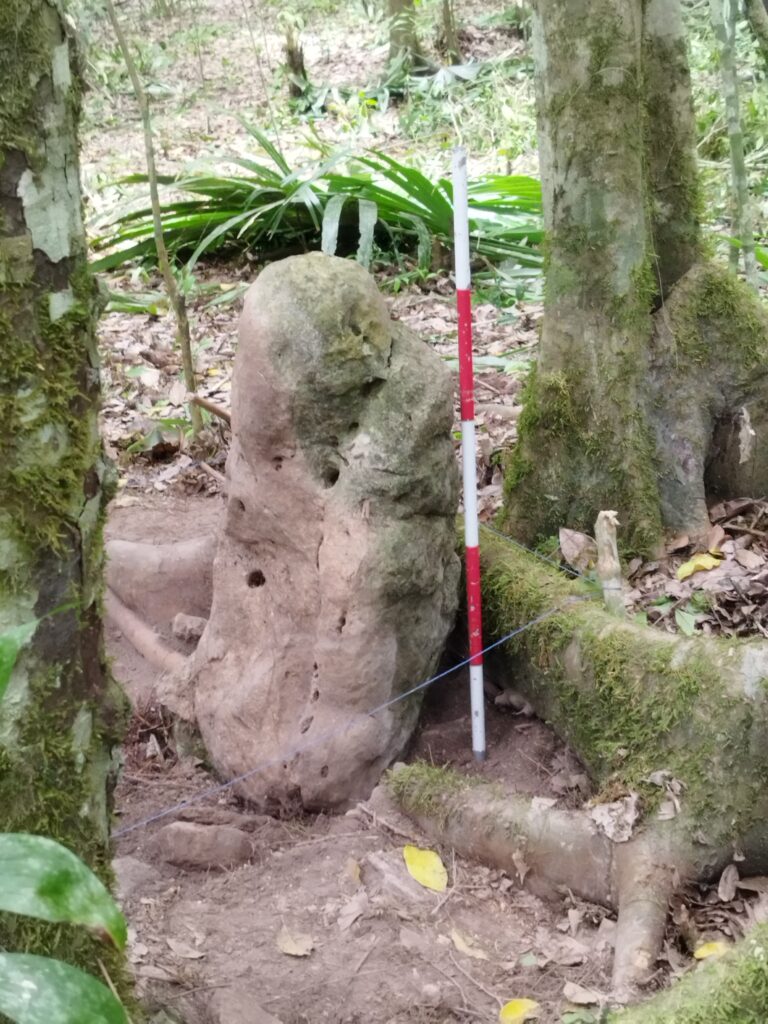
UAXACTÚN, GUATEMALA—CNN Science reports that an international team of archaeologists discovered a nearly 3,000-year-old Maya city in Guatemala’s Petén region, around 13 miles northeast of the famous site of Uaxactún. The urban complex is actually spread across six miles and three sites: Los Abuelos, Petnal, and Cambrayal. Dating to between 800 and 500 b.c., these sites form one of the oldest and most prominent Maya ceremonial centers ever found. Los Abuelos, which means “grandparents” in Spanish, takes its name from a pair of human-like sculptures uncovered at the site that are believed to be associated with ancestor worship rituals. In Petnal, archaeologists identified a 108-foot-tall pyramid adorned with painted murals, while at Cambrayal they located a palace containing a sophisticated network of canals. Guatemala’s Ministry of Culture and Sports stated that the sites form a previously unknown urban triangle that is not only a testament to the greatness of the Maya but is also leading to a new understanding of early Maya history. To read about murals found in Guatemala's western highlands that depict performances combining both Indigenous and colonial traditions, go to "Dancing Days of the Maya."


